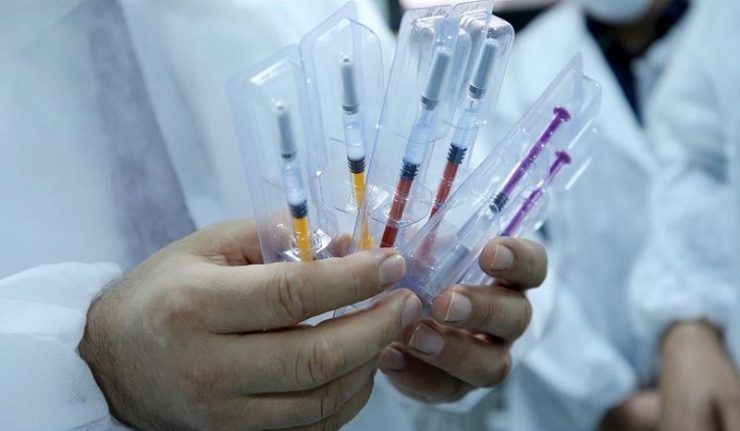PROTECT YOUR DNA WITH QUANTUM TECHNOLOGY
Orgo-Life the new way to the future Advertising by AdpathwayAdults who suffer from gum disease could be more likely to show signs of injury in the brain's white matter, according to new research published on October 22, 2025, in Neurology® Open Access, a journal of the American Academy of Neurology. These signs, known as white matter hyperintensities, are small bright spots that appear on brain scans and are thought to reflect areas of tissue damage. The study found an association between gum disease and these brain changes, though it does not prove that one causes the other.
White matter consists of bundles of nerve fibers that allow different parts of the brain to communicate. When this tissue is damaged, it can interfere with memory, reasoning, balance, and coordination, and it has also been linked to an increased risk of stroke.
White matter hyperintensities often increase with age and are considered a marker of underlying brain injury. Researchers believe that chronic inflammation in the mouth could potentially influence blood vessel health in the brain, although more work is needed to confirm how the two are connected.
Oral Health and Brain Health Connection
"This study shows a link between gum disease and white matter hyperintensities suggesting oral health may play a role in brain health that we are only beginning to understand," said study author Souvik Sen, MD, MS, MPH, of the University of South Carolina in Columbia. "While more research is needed to understand this relationship, these findings add to growing evidence that keeping your mouth healthy may support a healthier brain."
Researchers examined 1,143 adults with an average age of 77. Each participant underwent a dental exam to assess gum health. Of the total group, 800 had gum disease, while 343 did not. Participants also received brain scans to look for evidence of cerebral small vessel disease, a condition involving damage to tiny blood vessels in the brain. This type of disease can appear on imaging as white matter hyperintensities, cerebral microbleeds, or lacunar infarcts, all of which become more common with aging and are tied to stroke risk, memory problems, and movement difficulties.
Measuring Brain Changes
Those with gum disease were found to have a higher average volume of white matter hyperintensities, measuring 2.83% of total brain volume, compared to 2.52% in those without gum disease. Researchers grouped participants based on the volume of these hyperintensities. Individuals in the highest category had more than 21.36 cubic centimeters (cm³) of affected tissue, while those in the lowest group had less than 6.41 cm³.
Among people with gum disease, 28% were in the highest group, compared with 19% of those without the condition. After adjusting for other factors including age, sex, race, blood pressure, diabetes, and smoking, participants with gum disease had a 56% greater likelihood of being in the group with the most extensive white matter damage.
The researchers did not find any connection between gum disease and two other types of brain changes associated with small vessel disease: cerebral microbleeds and lacunar infarcts. This suggests that the observed link may be specific to white matter damage rather than all forms of small vessel injury.
Why Oral Care Could Matter for the Brain
"Gum disease is preventable and treatable," said Sen. "If future studies confirm this link, it could offer a new avenue for reducing cerebral small vessel disease by targeting oral inflammation. For now, it underscores how dental care may support long-term brain health."
One limitation of the study is that both dental evaluations and brain scans were performed only once, making it difficult to track how these conditions might change over time. Even so, the findings add to a growing body of research suggesting that maintaining oral health could play a larger role in protecting the brain than previously recognized.


 5 hours ago
3
5 hours ago
3


















.jpg)






 English (US) ·
English (US) ·  French (CA) ·
French (CA) ·